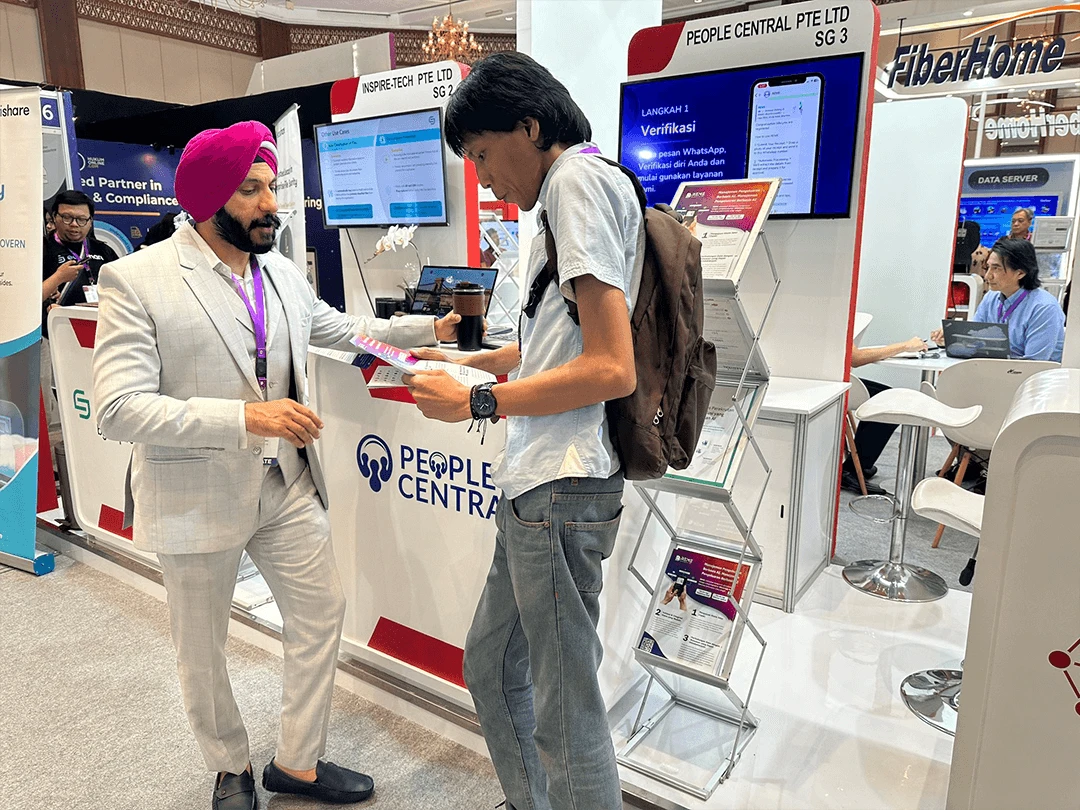The steady growth and development of your business depend on your employee performance. The HR team plays a significant role in honing up the skills of your employees. The HR team often uses employee performance reviews that further improve the recruitment process.
If you wish to taste success and aim to take your business to a specific level, then make sure you have an action plan ready for accomplishing your goals. Therefore, you should regularly assess the weaknesses as well as strengths of your employees.
Strategies on How to Organise Employee Performance Evaluation
Evaluating and improving job performance is crucial for every organization. Well-structured performance evaluation processes help provide constructive feedback and support career advancement. Here are strategies for effectively organizing employee performance evaluations:
Embrace Continuous Performance Management
Shift from traditional annual performance reviews to Continuous Performance Management, which encourages regular feedback and fosters performance over time.
Set Clear Performance Goals
Define performance goals that align with the company’s key performance indicators and company standards. Communicate these in the job description.
Tailor Performance Appraisals
Customize the performance appraisal process to match the needs of individual employee roles, ensuring that the evaluation is relevant to their job description.
Utilize Performance Review Templates
Develop and employ performance review templates that guide the evaluation process, making it more structured and consistent.
Emphasize Two-way Conversation
Foster a culture of open dialogue during evaluations, turning them into a two-way conversation where employees can share their perspectives.
Implement Performance Appraisal Methods
Utilize various performance appraisal methods to comprehensively assess job performance, from 360-degree reviews to self-assessments.
Scheduling the Regular Feedback
Encourage continuous feedback throughout the year, so employees receive regular feedback and opportunities for improvement.
Acknowledge Positive Feedback
Recognize and celebrate achievements with positive feedback, reinforcing a positive feedback culture within the organization.
Identify Development Opportunities
Identify areas where employees can grow and advance in their careers. Offer development opportunities tailored to their needs and career advancement goals.
Resolve Performance Issues
Address performance issues promptly during evaluations, offering support and guidance to help employees overcome challenges.
Align with Company Culture
Ensure that performance evaluation processes align with the company culture and values, creating consistency in the organization’s expectations.
Measure Individual Performances
Assess individual performances against established performance goals, setting the stage for growth and improvement.
Encourage Growth Plans
Collaborate with employees to create growth plans based on the evaluation, enabling them to map their career trajectories.
Include Direct Reports
Involve employees’ direct reports in the evaluation process to provide insights into their leadership and management capabilities.
Training is the Key Here
Train managers to conduct effective reviews and promote valuable feedback that balance both strengths and areas for improvement.
Ensure Company Standards
Verify that the evaluation process complies with legal requirements and company standards to prevent potential performance task issues.
Incorporating these strategies into your performance evaluation process can lead to more meaningful and effective reviews, benefiting both employees and the organization as a whole. It encourages future performance improvement and strengthens employee engagement.
Curious to know more about such creative ideas and tactics? Connect with PeopleCentral.








 5
5


























